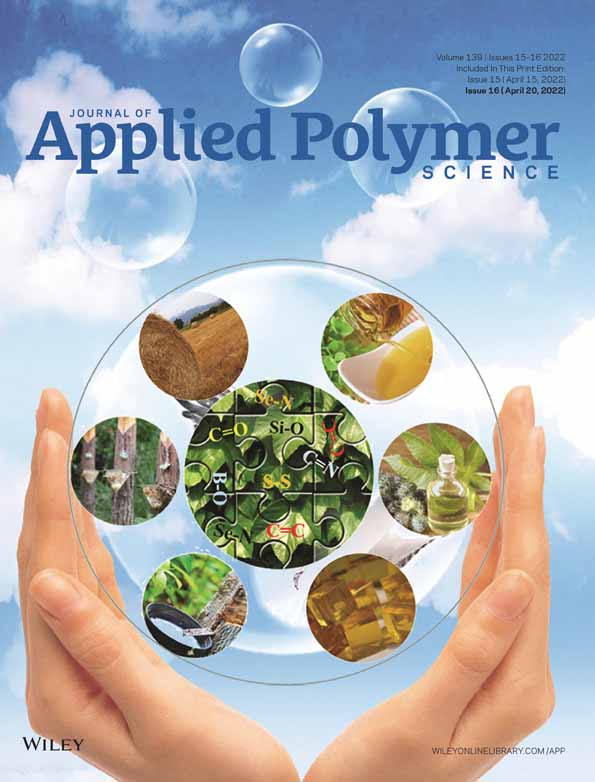Self-repairing oil-impregnated gel coatings based on reversible physical cross-linking for anti-fouling and anti-corrosion
Funding information: Guangdong Basic and Applied Basic Research Foundation, Grant/Award Number: 2020A1515110678; Fundamental Research Funds for the Central Universities, Grant/Award Number: 2021qntd13; National Science Fund for Distinguished Young Scholars, Grant/Award Number: 51525903
Abstract
Corrosion and biofouling are the most severe threats to the security of engineering equipment and materials. Oil-impregnated gel (OIG) is a promising coating material for both corrosion protection and biofouling prevention. Unfortunately, OIGs are prone to damage due to their weak mechanical strength, and most of the reported OIGs are irreversibly cross-linked through covalent bonds. To meet the great demand of self-repairable OIGs for their durable applications, we develop a self-repairable OIG coating based on the reversible sol-gel process of styrene-isoprene-styrene triblock copolymer (SIS) and n-hexadecane in the current work. The rheological properties of SIS/hexadecane were investigated by a rotary rheometer, which revealed the reversible sol-gel transition during the cooling process as well as the gelation temperature with the SIS concentration above 2%. Owing to the dynamic hexadecane liquid layer and low-modulus gel surface, the coating displays outstanding sliding properties to various fluids as well as impressive repellence to bacteria. The water sliding angles on OIGs are below 5° as measured by a water contact angle system. Moreover, it can serve as a barrier against corrosion medium and can be in situ repaired by the laser irradiation based on photothermal effect once damaged. The electrochemical impedance spectroscopy indicated the impedance modulus at 0.01 Hz (|Z|0.01Hz) of the OIG coatings on Q235 substrate is 6.34 × 109 Ω cm2, and the repairing process was monitored by the scanning Kelvin probe microscope. This research proposes a novel strategy to prepare the self-repairing coatings for anti-adhesion and anti-corrosion based on the physically cross-linked oil-impregnated gel.
Open Research
DATA AVAILABILITY STATEMENT
No. Research data are not shared.




